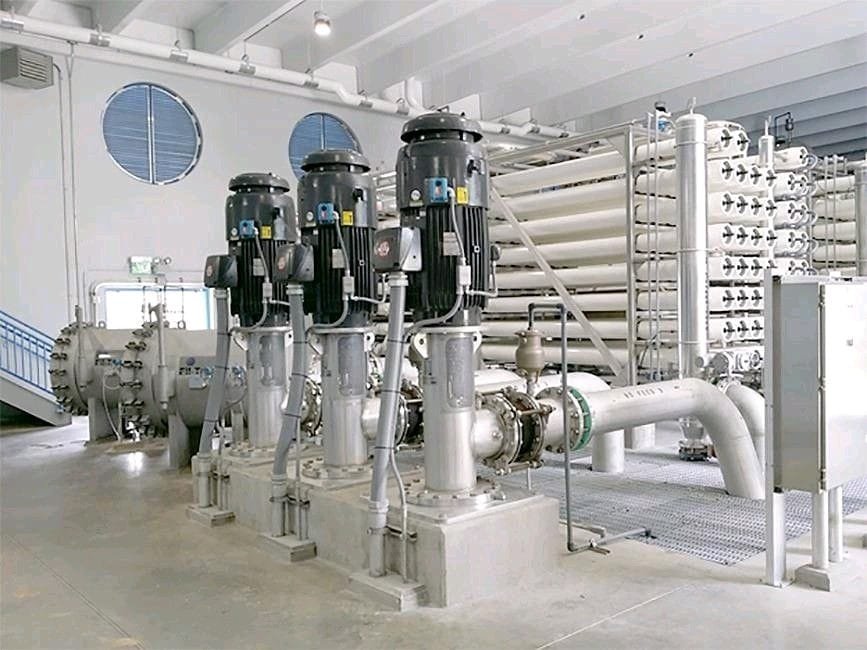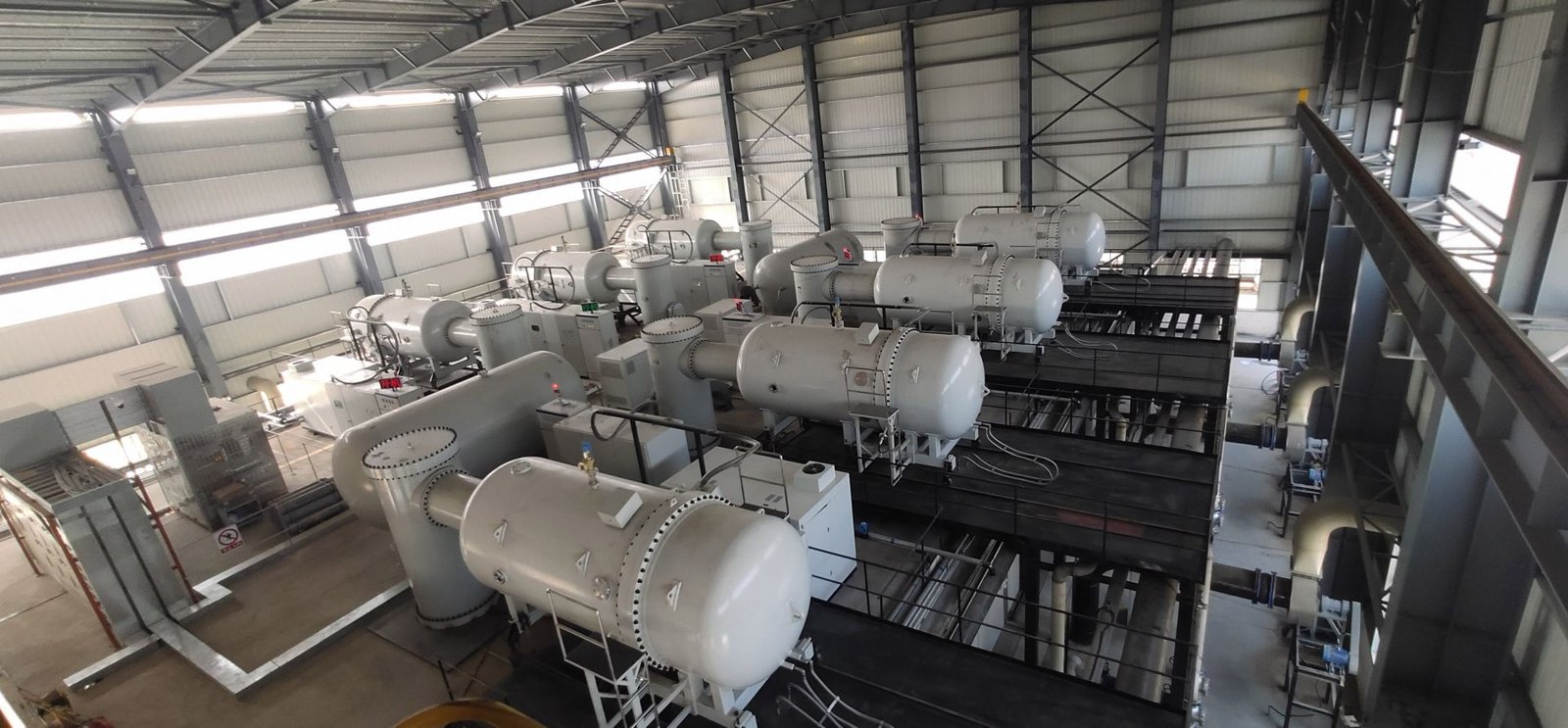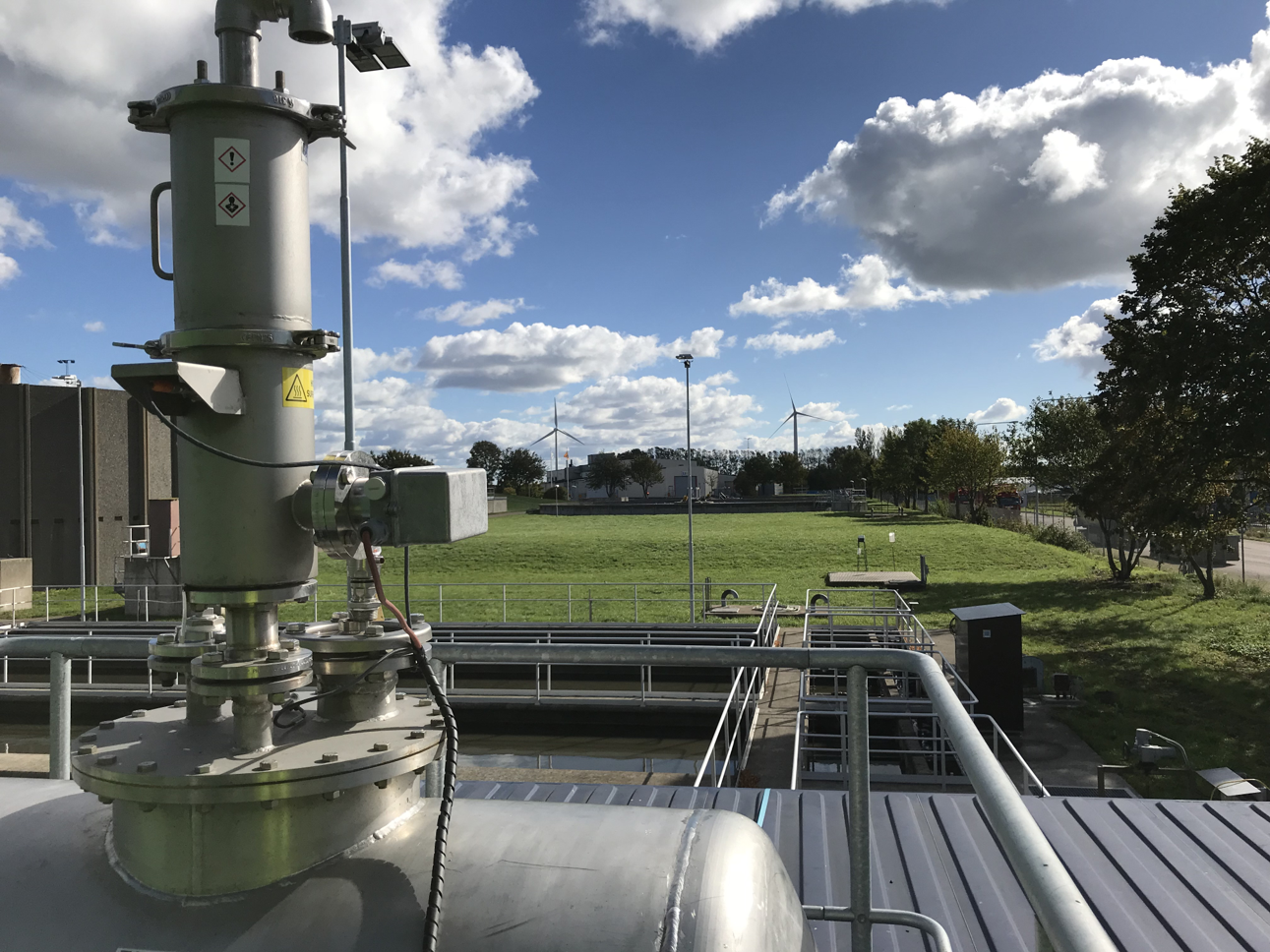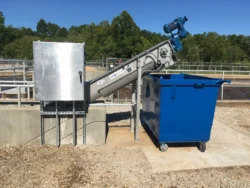What Are The Three Methods Of Desalination

Understanding Desalination: Solutions for a Growing Water Crisis
Introduction
Water is vital for human life, agriculture, industry, and ecosystems, yet access to clean and sustainable water is increasingly challenged by factors such as climate change, population growth, and pollution. To address this, desalination—the process of removing salt and other impurities from seawater or brackish water—has emerged as a crucial technology. As of today, there are primarily three methods of desalination that hold prominence due to their scalability, efficiency, and relative cost-effectiveness: Reverse Osmosis (RO), Multi-Stage Flash (MSF) Distillation, and Electrodialysis (ED). This article explores each method’s principles, processes, advantages, disadvantages, and environmental impacts to understand their roles in solving the global water shortage problem.
The Basics of Desalination
Desalination is the treatment of saline water to produce water that is safe and suitable for consumption or use. Naturally occurring saline water, primarily found in oceans, covers about 97% of the Earth’s surface water, containing high amounts of salt, usually more than 35,000 parts per million (ppm). The goal of desalination is to lower this salt concentration to 500 ppm or less, making it drinkable and usable for agriculture and industrial applications.
1. Reverse Osmosis (RO)
Principle and Process
Reverse Osmosis operates on the principle of osmosis but in reverse. Osmosis is a natural process where a solvent moves through a semi-permeable membrane from a less concentrated solution into a more concentrated one. Reverse Osmosis, however, applies external pressure to reverse this flow, forcing water from a salty solution through a membrane, leaving salts and impurities behind.
The RO system comprises four major components:
-
- Pre-treatment: This stage involves filtering out large particles and microbes using filters, thereby protecting the membrane and increasing its longevity.
-
- High-Pressure Pump: It intensifies the pressure appropriate for the system to overcome the natural osmotic pressure, pushing the saline water through the RO membrane.
-
- Semi-permeable Membrane: The heart of the process, where the actual desalination occurs as salt ions and impurities are trapped, allowing only water molecules to pass through.
-
- Post-treatment: The last step involves treating the pure water to adjust pH and add necessary minerals for taste and safety.
Advantages
-
- Efficiency: Reverse Osmosis can remove up to 99% of dissolved salts, bacteria, and pyrogens.
-
- Scalability: RO systems can be scaled from small-sized portable units to large plant operations.
-
- Lower Space Requirements: Compared to thermal desalination methods, RO requires less space, making it suitable for urban installations.
Disadvantages
-
- Energy Consumption: Although energy-efficient compared to thermal methods, RO systems still demand significant electricity.
-
- Membrane Fouling: RO membranes can become clogged by organic particles, decreasing efficiency and requiring frequent maintenance.
-
- Environmental Impact: The discharge of concentrated brine back into the ocean can negatively affect marine life.
2. Multi-Stage Flash (MSF) Distillation
Principle and Process
MSF Distillation involves heating seawater and then allowing it to evaporate in multiple stages under reduced pressure, thereby “flashing” into steam. The steam is collected and condensed, leaving behind salty brine.
The process is designed as follows:
-
- Heating: The seawater is heated in a brine heater, typically to around 90-110°C.
-
- Flashing Stages: The heated water is introduced into a series of vacuumed chambers, where the pressure gradually decreases. The reduction in pressure causes the water to boil and evaporate or “flash” into steam.
-
- Condensation: The steam passes over tubes carrying incoming cold seawater, losing heat and condensing into freshwater. This preheats the incoming flow, enhancing energy efficiency.
-
- Brine Discharge: The remaining concentrated brine is discharged, and the recovered fresh water undergoes mineralization for stability and taste enhancement.
Advantages
-
- High Purity: MSF provides freshwater with a very low salt content.
-
- Robustness: MSF plants have long lifespans and can handle large-scale production needs.
-
- Simplicity: Given its fewer moving parts, MSF plants are relatively easier to maintain.
Disadvantages
-
- High Energy Consumption: MSF is energy-intensive due to the heating requirements.
-
- High Construction Costs: The setup for MSF is capital-heavy and requires substantial infrastructure investment.
-
- Environmental Concerns: The brine produced is highly concentrated, and energy demands contribute to carbon emissions.
3. Electrodialysis (ED)
Principle and Process
Electrodialysis operates on the movement of ions through ion-exchange membranes under the influence of an electric field. Unlike the mechanical filtration of RO, ED separates salt from water through electrochemical processes.
Here’s how it works:
-
- Ion-Exchange Membranes: Cation-exchange membranes allow positive ions to pass, while anion-exchange membranes let negative ions through.
-
- Electric Field Application: By applying an electric current, ions in the saline water are driven to their respective membranes. This migration results in the concentration of ions (brine) on one side and desalinated water on the other.
-
- Stacking: Membranes are placed in a stack alternating between cation and anion membranes, with every adjacent pair forming a cell where either desalination or brine concentration occurs.
-
- Flow Rate and Reversal: Periodic reversal of current or water flow minimizes membrane fouling and extends operational life.
Advantages
-
- Energy Efficiency: Especially efficient with brackish water containing lower salt concentrations compared to seawater.
-
- Selective Ion Removal: Can adjust system settings to target specific ions, making it useful for certain industrial applications.
-
- Lower Environmental Impact: Generates less brine and requires less energy than thermal methods.
Disadvantages
-
- Limited to Lower Salinity: ED is less efficient for seawater desalination compared to brackish water.
-
- Initial Costs and Complexity: Requires precise monitoring and control systems, raising initial setup costs.
-
- Maintenance: The membranes can suffer from scale or biofouling, requiring regular inspection.
Comparing the Methods
Energy Consumption
-
- RO: Moderate energy consumption improved with energy recovery devices.
-
- MSF: High energy need due to boiling requirements.
-
- ED: Light to moderate energy use, particularly favorable for brackish water.
Efficiency and Scalability
-
- RO: Highly efficient and versatile across scales.
-
- MSF: Efficient for large-scale operations but less adaptable for smaller capacities.
-
- ED: Highly efficient for specific ion-targeting and lower salinity, scalable to mid-range capacities.
Environmental Impact
-
- RO and MSF: High brine disposal concerns; MSF also has high carbon emissions implied by thermal energy needs.
-
- ED: Lower environmental footprint with limited brine discharge.
Conclusion
Desalination is indispensable in our pursuit of sustainable water resources, with Reverse Osmosis, Multi-Stage Flash Distillation, and Electrodialysis each offering distinct benefits and challenges. A combination of these methods, tailored to regional needs, resource availability, and energy contexts, can serve diverse applications, ranging from urban water supplies to specific industrial needs. Technological innovations and energy-efficient practices will continue to refine these methods, promoting their broader and more sustainable use globally in the face of a changing climate and increasing demand for fresh water. As advancements in material science and process engineering evolve, the integration of desalination into comprehensive water management strategies appears poised to strengthen the resilience and security of global water supplies.



